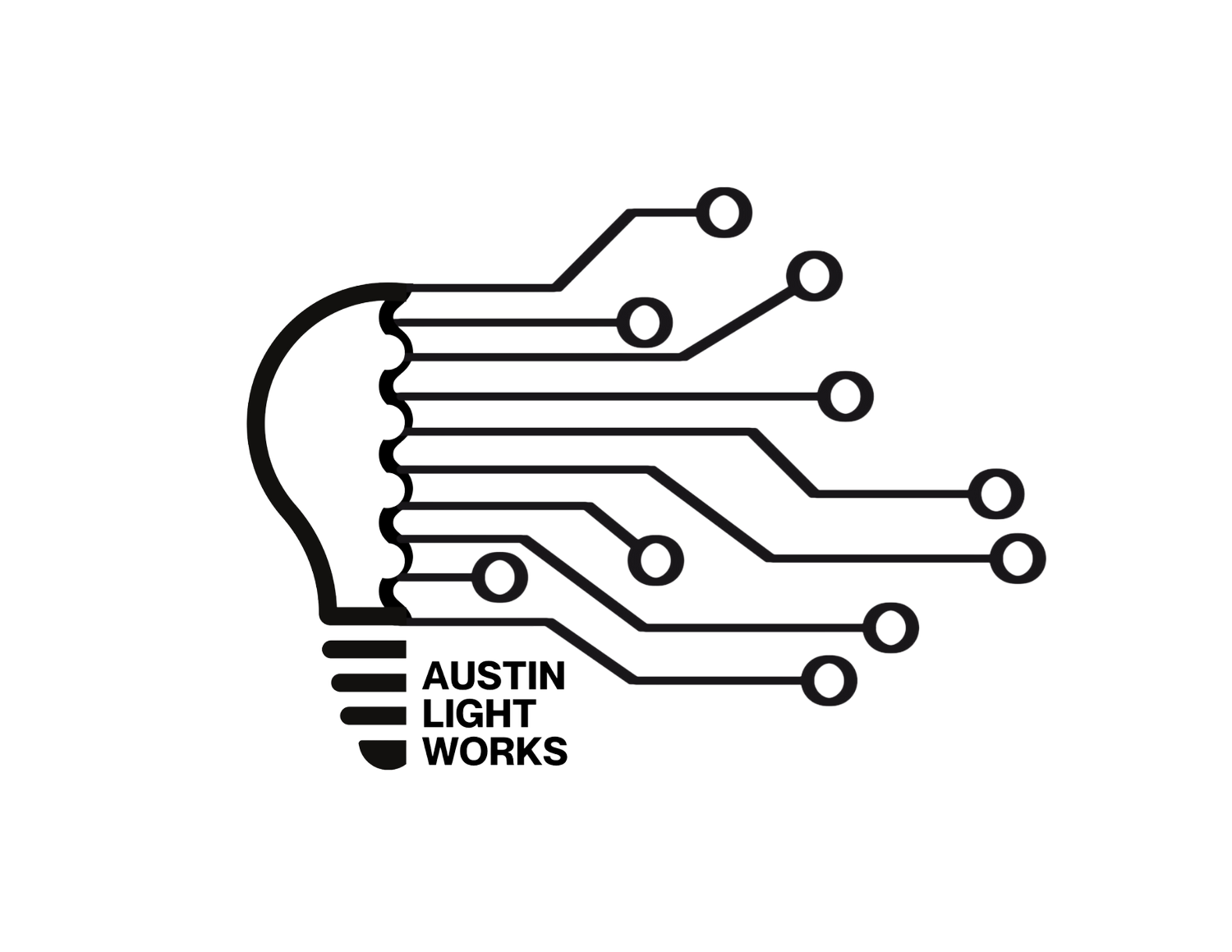Whether you’re a building owner, a facilities manager, or a systems integrator, you’re probably no stranger to the term BACnet. As an open-source communications protocol widely used in building automation, BACnet provides a universal language for different systems to interact seamlessly. But as promising as it sounds, integrating BACnet with traditional commercial building technologies like lighting and HVAC systems can come with its fair share of challenges.
1. Compatibility issues:
The first stumbling block you may encounter is compatibility. Not all devices and systems support BACnet, leading to integration issues. However, converters and routers can help bridge the gap between BACnet and other protocols. It’s crucial to ensure that the chosen product supports the specific protocol your legacy system uses. Collaborating with experienced system integrators can also prove beneficial.
2. Network configuration:
BACnet operates on various types of networks, each with its own set of requirements. A lack of understanding of these configurations can lead to integration difficulties. Building operators and managers should learn about these network types or work with a knowledgeable professional to configure the network properly.
3. System complexity:
BACnet’s versatility is a double-edged sword. Its ability to support a multitude of devices also introduces complexity. A key to managing this complexity is maintaining a well-documented system that outlines each component’s function and its relationship with other parts of the system. This makes troubleshooting and scaling much easier down the line.
4. Vendor-proprietary features:
While BACnet is an open protocol, some manufacturers add proprietary features to their devices, creating a potential hurdle to full integration. It’s important to ask vendors about these potential issues before purchasing and integrating devices into your existing system.
5. Training and Expertise:
Lack of in-house expertise can be a significant barrier. Comprehensive training of staff, particularly those responsible for system maintenance and troubleshooting, can make a big difference. There are numerous online resources and training programs that can equip your team with the necessary knowledge.
Despite these challenges, the advantages of integrating BACnet into commercial lighting and HVAC systems are numerous. With careful planning, technical acumen, and a bit of patience, you can pave the way for more efficient and manageable building operations. And remember, you don’t have to do it alone. Reach out to a seasoned expert if you need help. With the right support, you’ll soon be reaping the benefits of integrated services.
